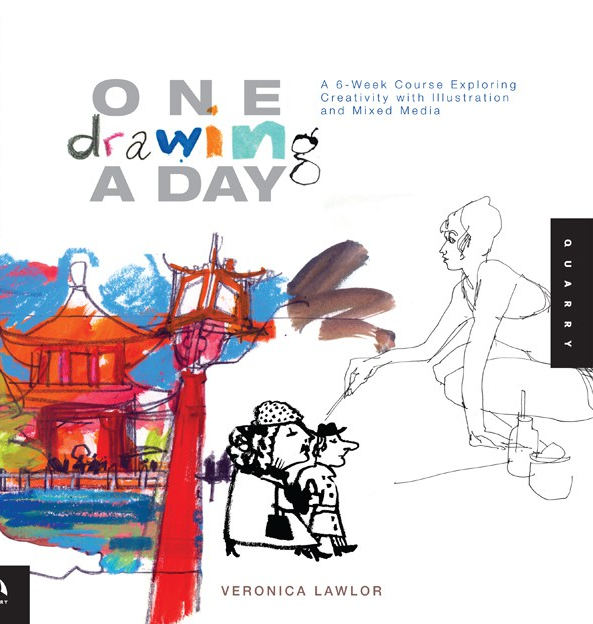October is Inktober, a chance to celebrate 31 Days with 31 drawings. Check out the official site here, for daily challenges as well as some of the great resources in the Library for inspiration and how-to.
Through 46 daily exercises which make up a complete 6-week course, you will keep your artistic skills sharp and your imaginations fertile by doing One Drawing A Day. Each spread in the book features a beautiful drawing by one of 8 professional illustrators, with a description and comments by the illustrator as well as a companion exercise. Each exercise includes suggestions for various mediums or mixed-media solutions, advice on how to approach and execute the drawing, as well as professional tips. The book also includes exercises designed to spark new ideas and increase creativity.
https://vufind.carli.illinois.edu/vf-col/Record/col_413474?
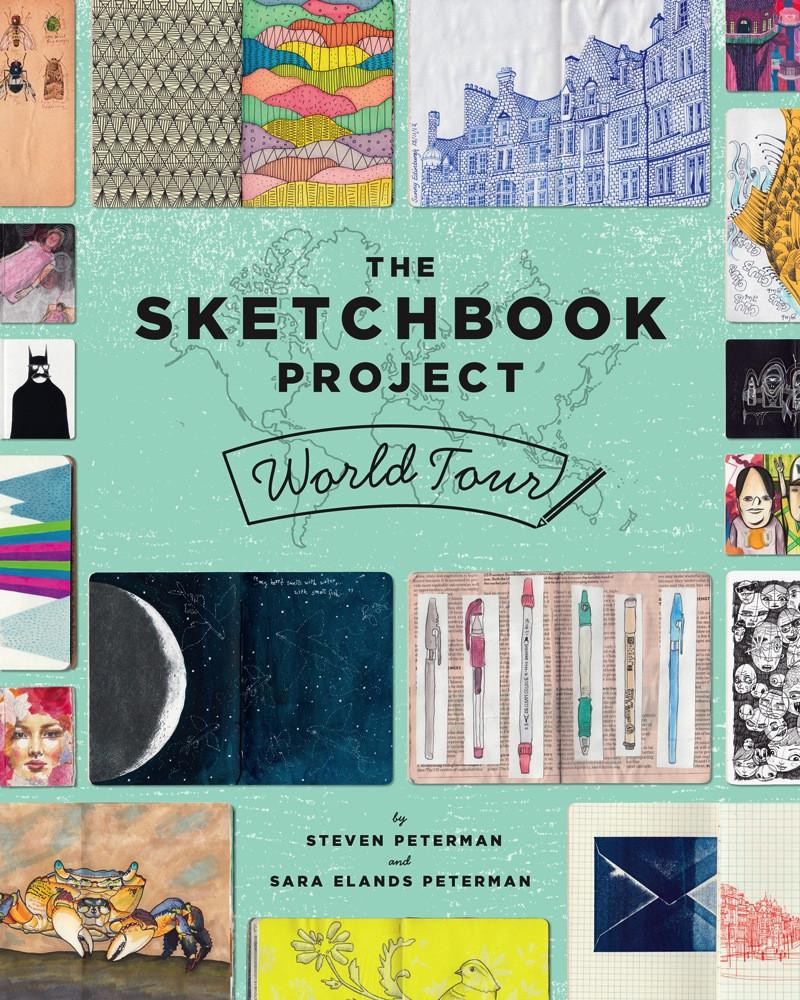
Destined to go down as one of the era’s most astonishing global art projects, the Brooklyn Art Library’s Sketchbook Project has, in less than a decade, amassed more than thirty thousand sketchbooks submitted by people of all ages and artistic abilities from more than 130 countries. Bursting with color, vivid imagery, and bouts of whimsy mixed with deeply intimate insights, the sketchbooks capture the texture of personal experience in a dizzying variety of illustrative styles and layouts that run the gamut from street portraits to stream-of-consciousness doodles, comics, and pop-ups. The Sketchbook Project World Tour presents the most compelling, surprising, and visually stunning examples from this one-of-a-kind artistic treasury.
https://vufind.carli.illinois.edu/vf-col/Record/col_564918
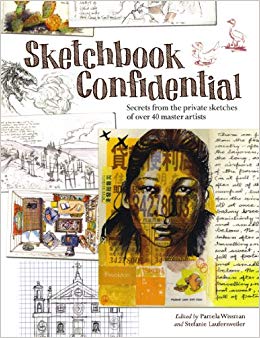
Pulsing with ideas, energy and inspiration, Sketchbook Confidential offers a rare peek inside the personal sketchbooks of 40+ master artists. From colorful painted sketches to spontaneous napkin doodles, from the intensely personal to the purely whimsical, most of the work here was produced quickly and never intended for public view. It is honest and immediate, fresh and fearless.
In their own words, the artists share the intentions and inspirations behind their sketching. For some, it is a cherished, everyday habit—a way of wandering through the ideas in their mind, playing around with new subjects, or just having some anything-goes kind of fun. For others, sketching is a deliberate tool for problem-solving—working through a composition, capturing a moment’s light or test-driving a color scheme.
As you turn the pages you’ll be immersed in the creative processes of these individuals, arriving on the other side with a feeling of kinship and a renewed desire to boldly capture life in your own sketchbooks!
https://vufind.carli.illinois.edu/vf-col/Record/col_396381
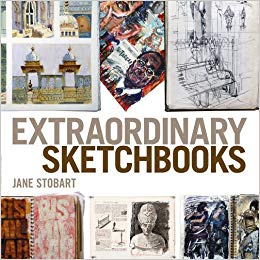
Sketchbooks are an essential part of the creative process for artists of all disciplines, ranging from textiles and jewellery to interior design, printmaking and ceramics. The sketchbook is a complete record of the creative process which, it can even be argued, is more important that the finished object at the end of this process. This book is a vital resource for artists of all levels including students, makers and collectors, as it not only gives practical advice about building your own sketchbooks but also provides examples of different artists’ working methods. Extraordinary Sketchbooks takes the reader through different themes and functions for sketchbooks, including drawing to collect visual research, course work, developing concepts and suggestions for making simple and quick visuals into exciting images. An inspiring gallery of examples from a range of artists including recent graduates, practising artists and lecturers and working professionals form a variety of art and design industries. A fantastic resource for artists everywhere.
https://vufind.carli.illinois.edu/vf-col/Record/col_435107
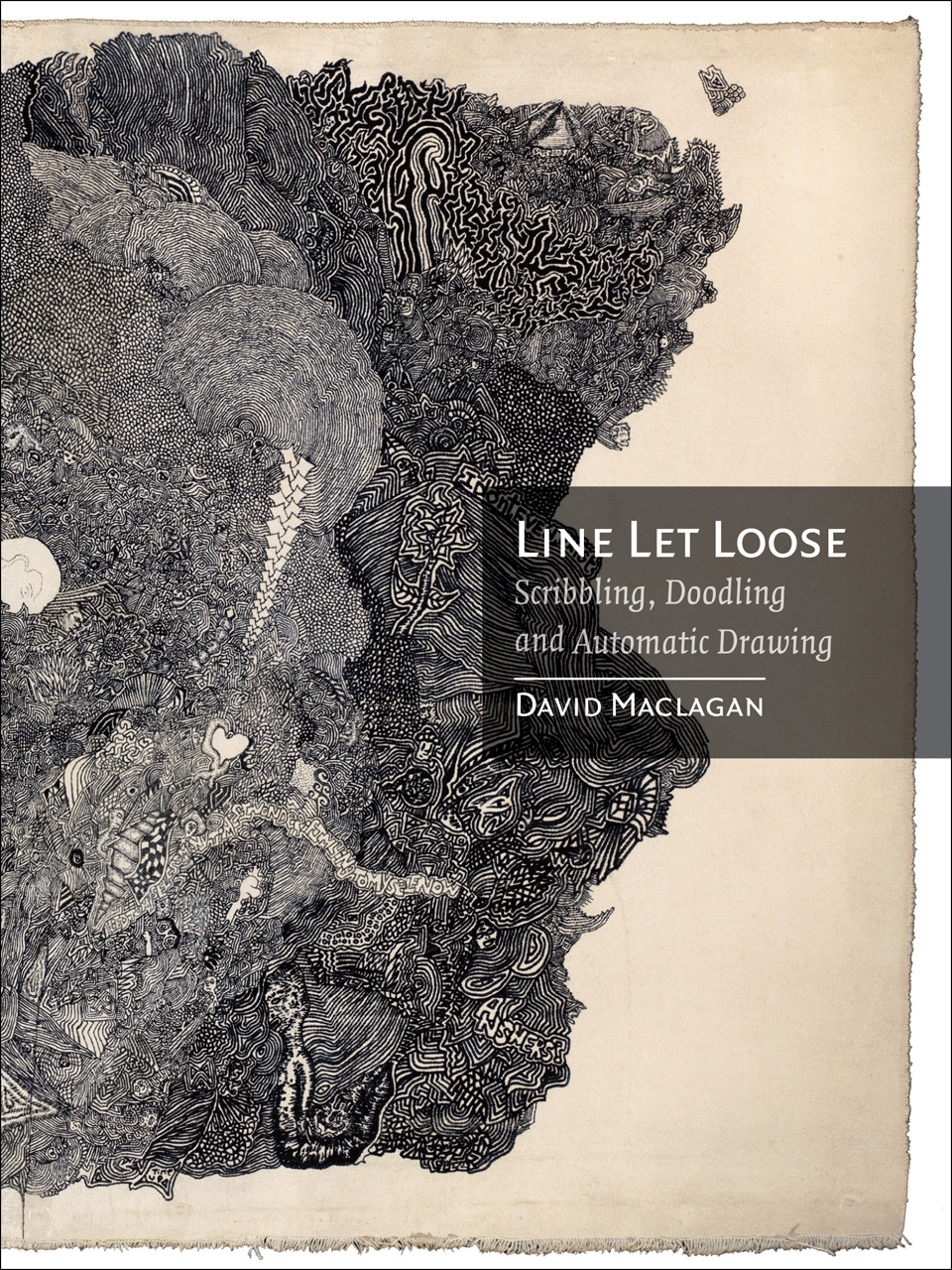
https://vufind.carli.illinois.edu/vf-col/Record/col_515487
